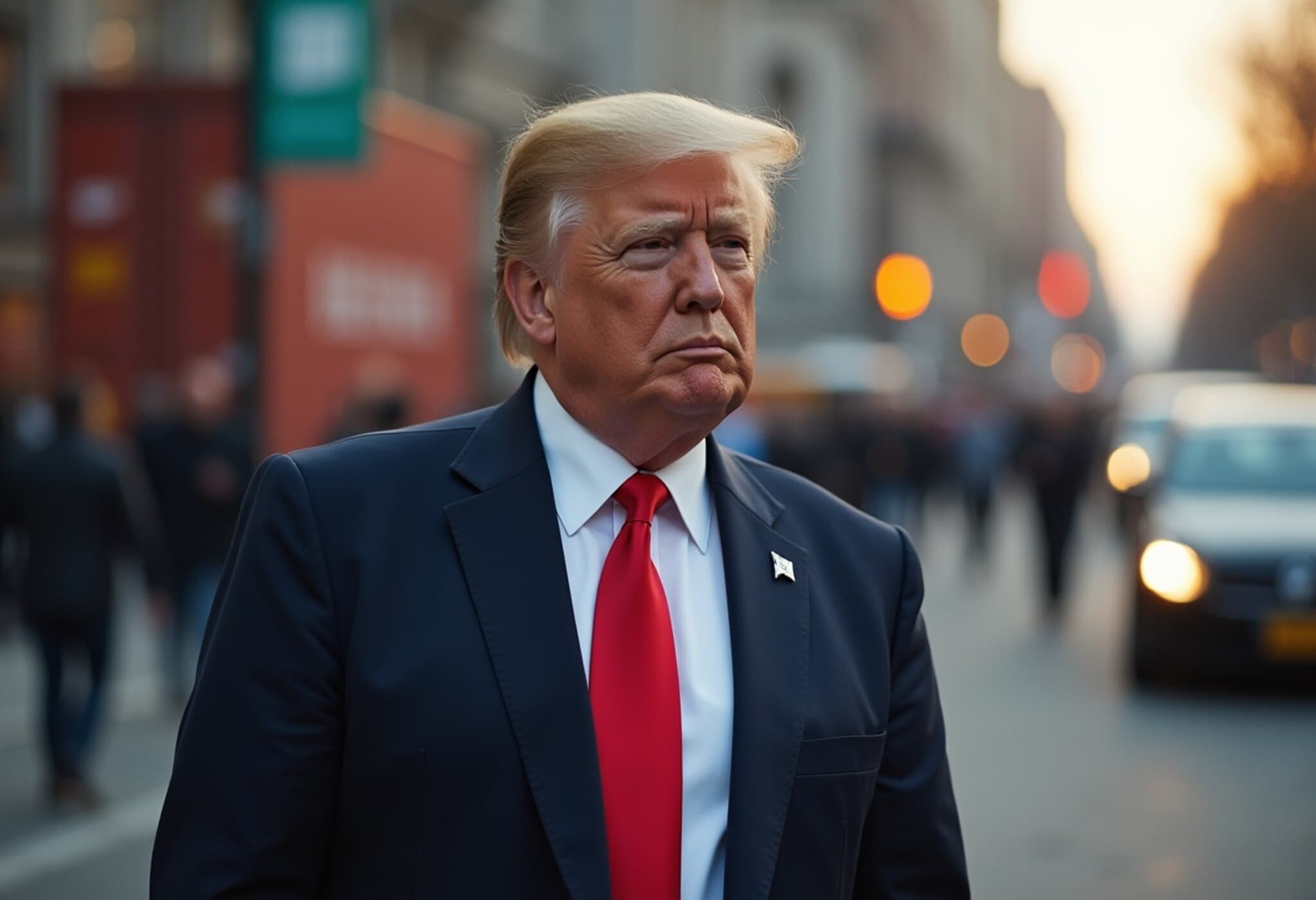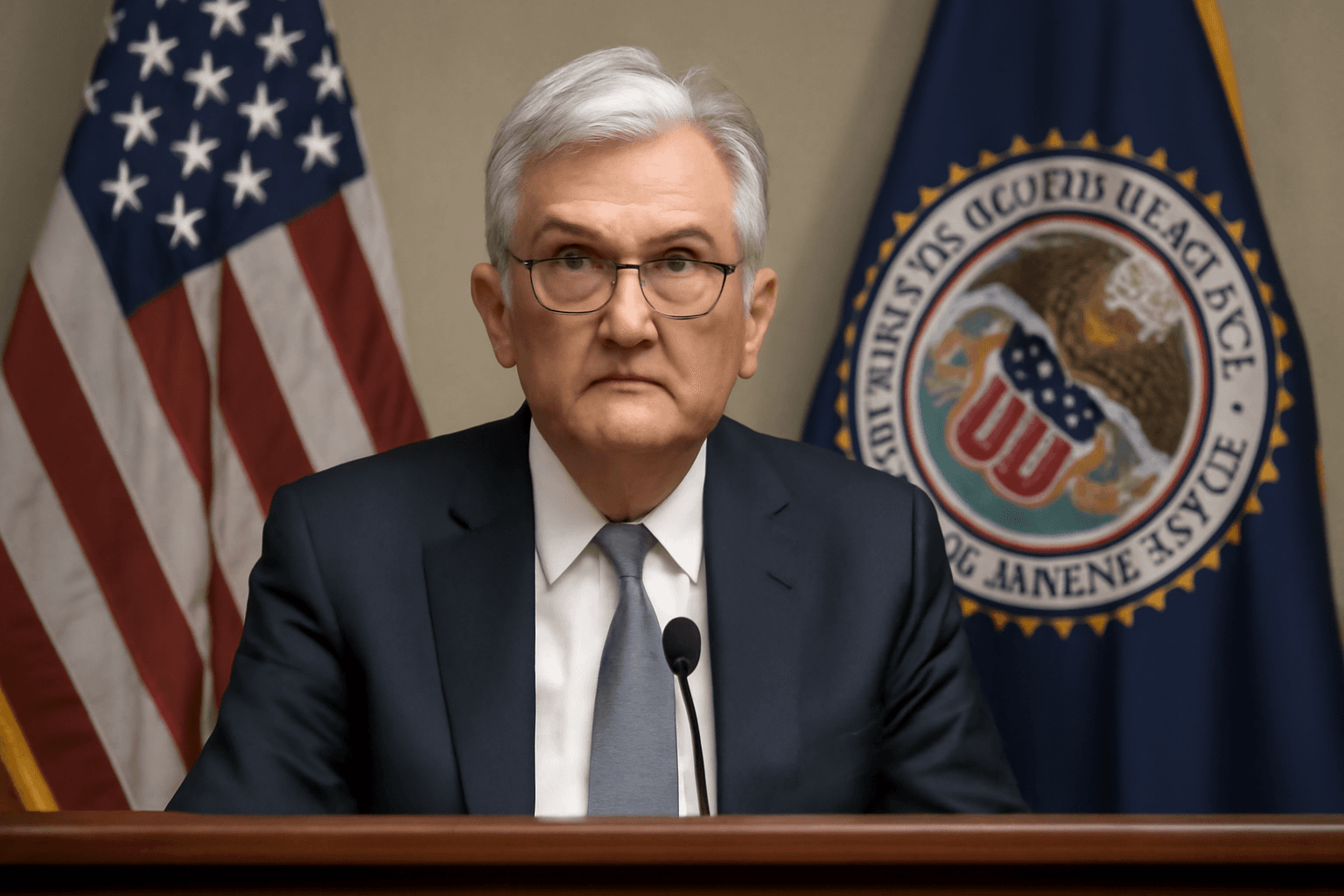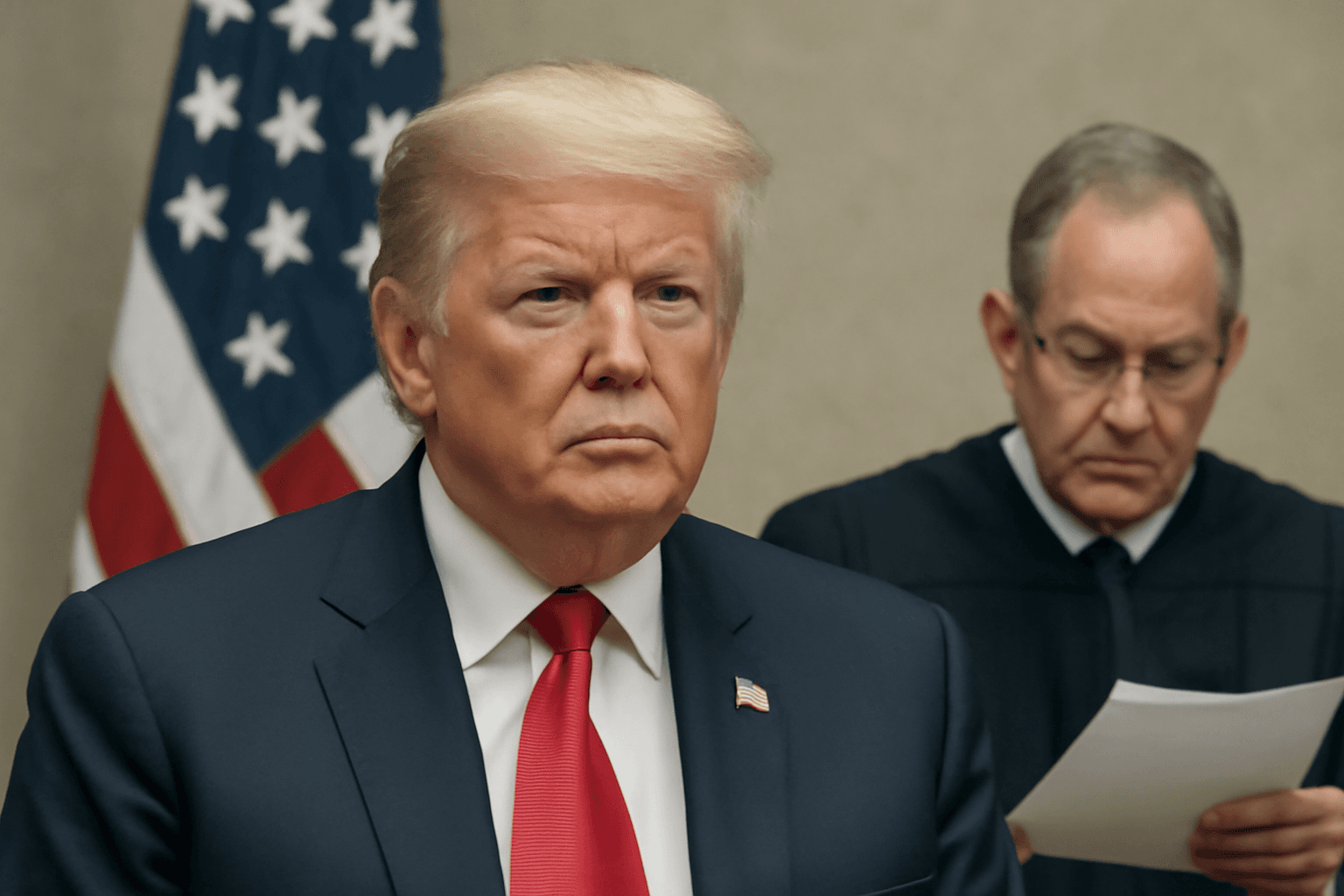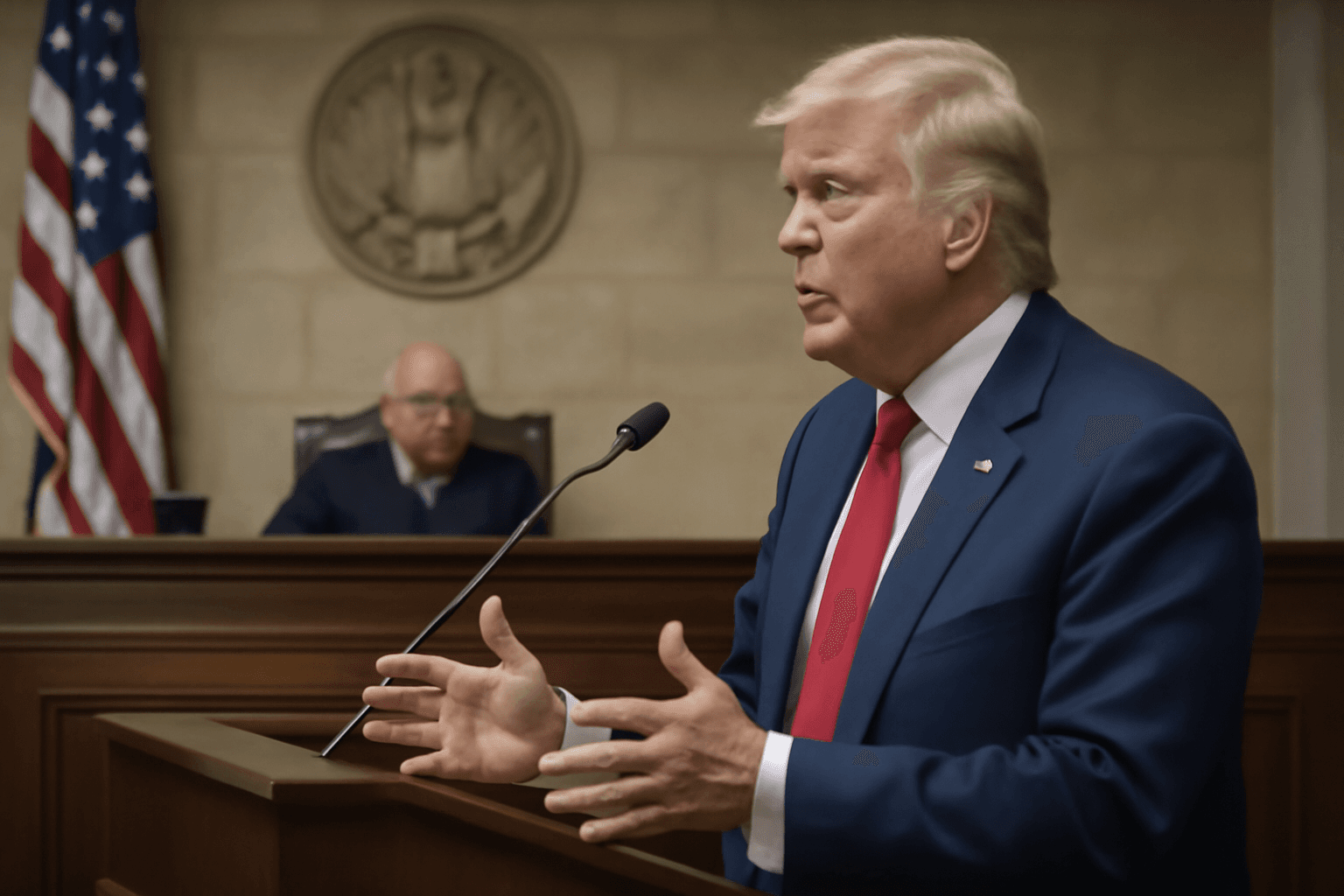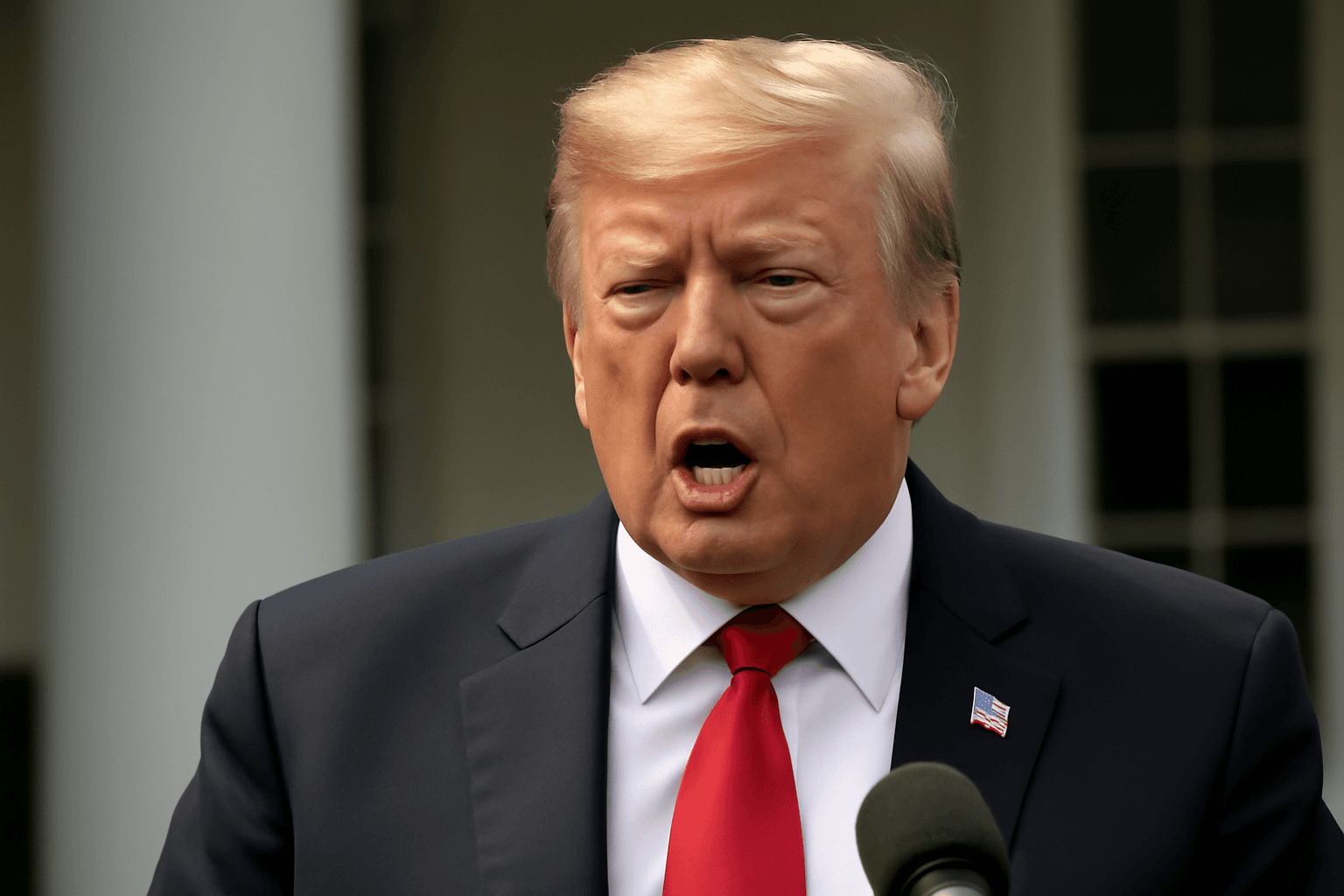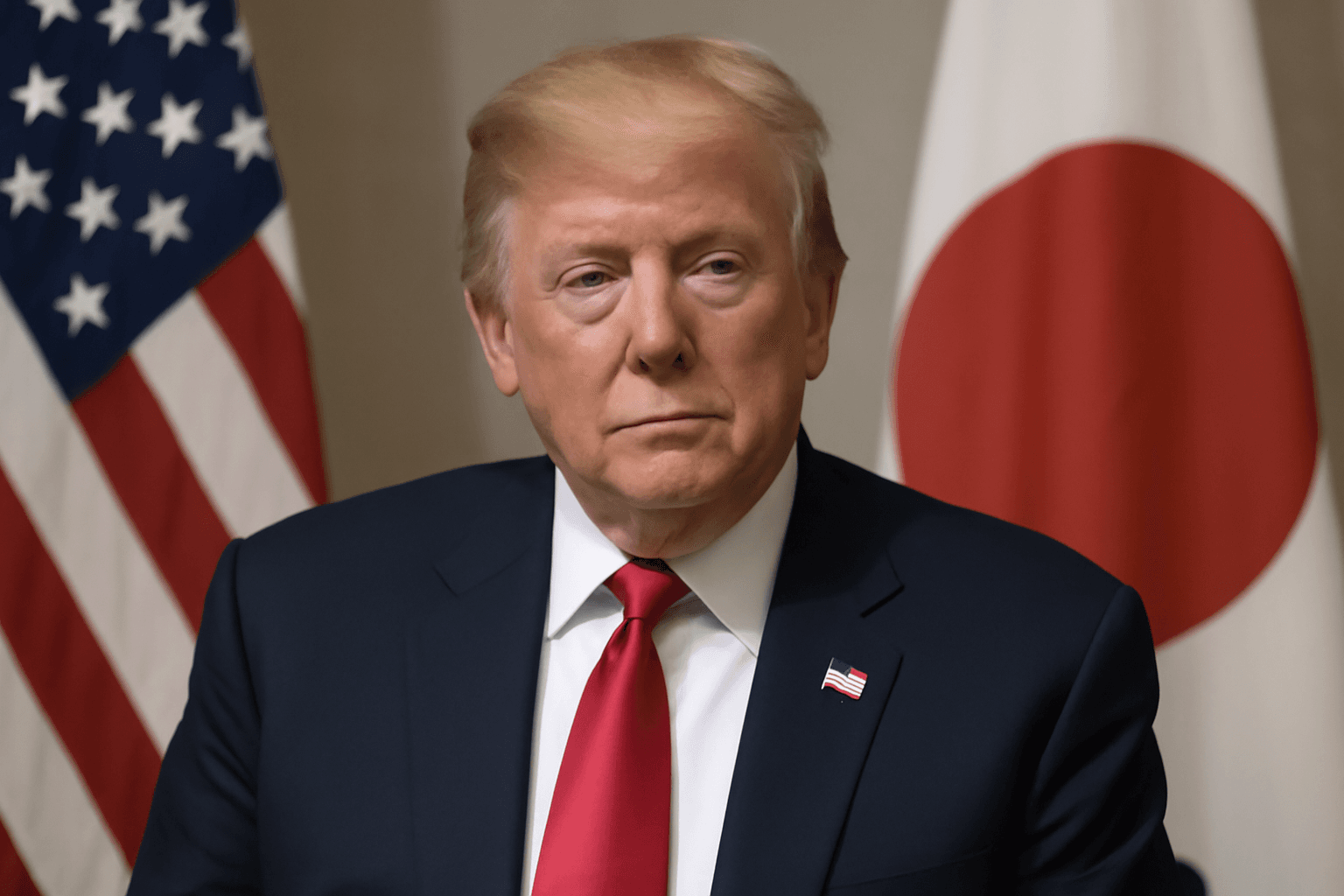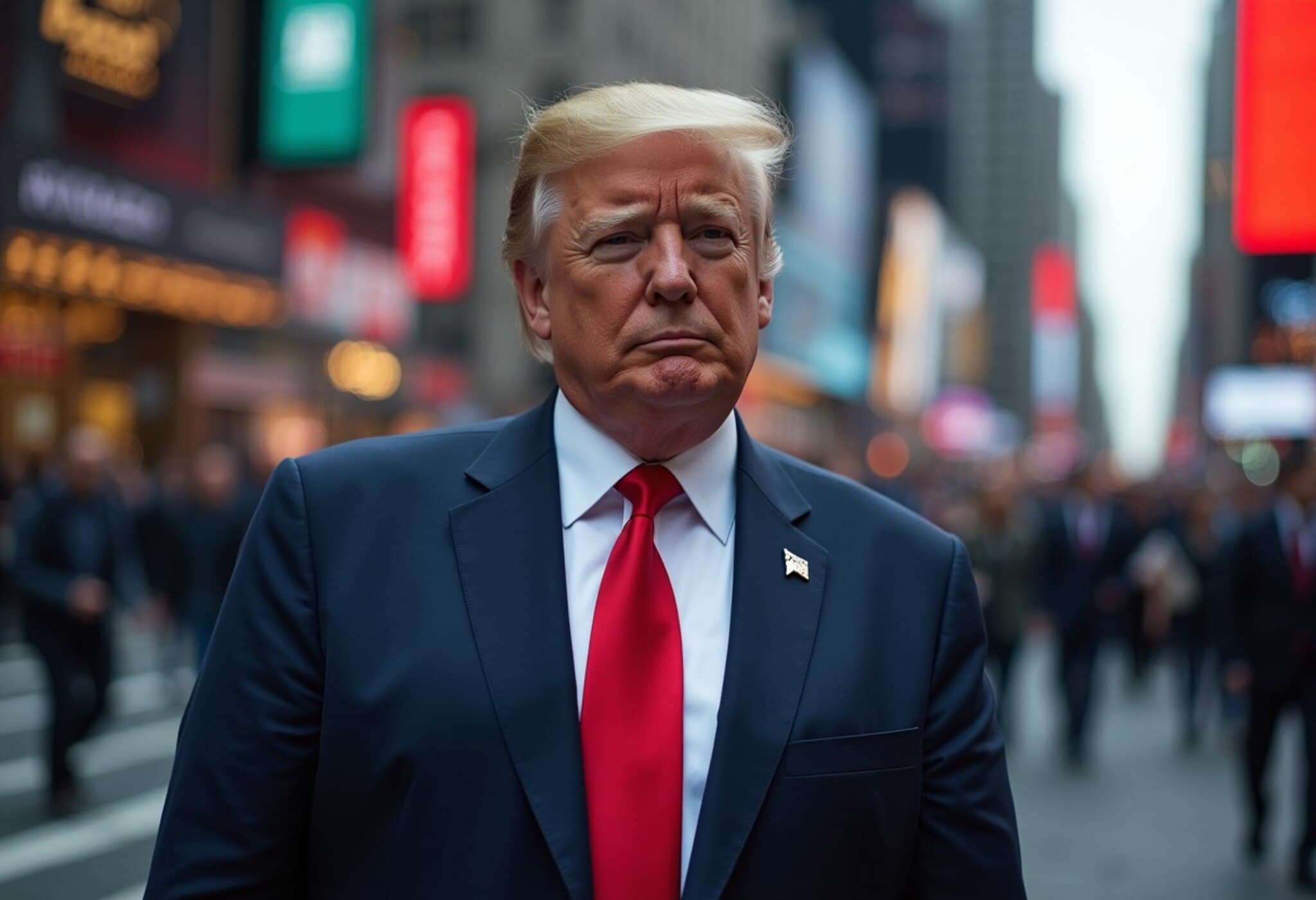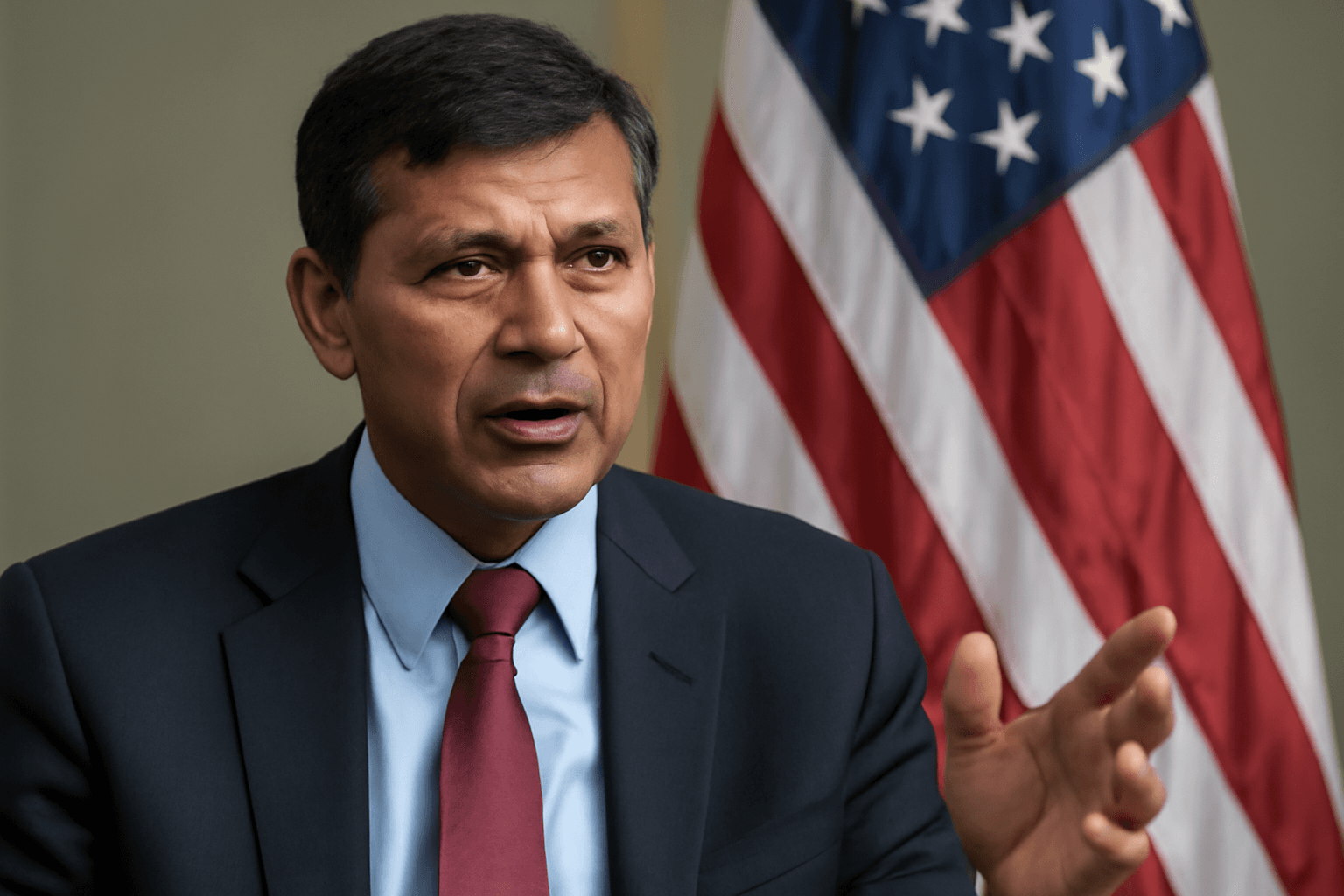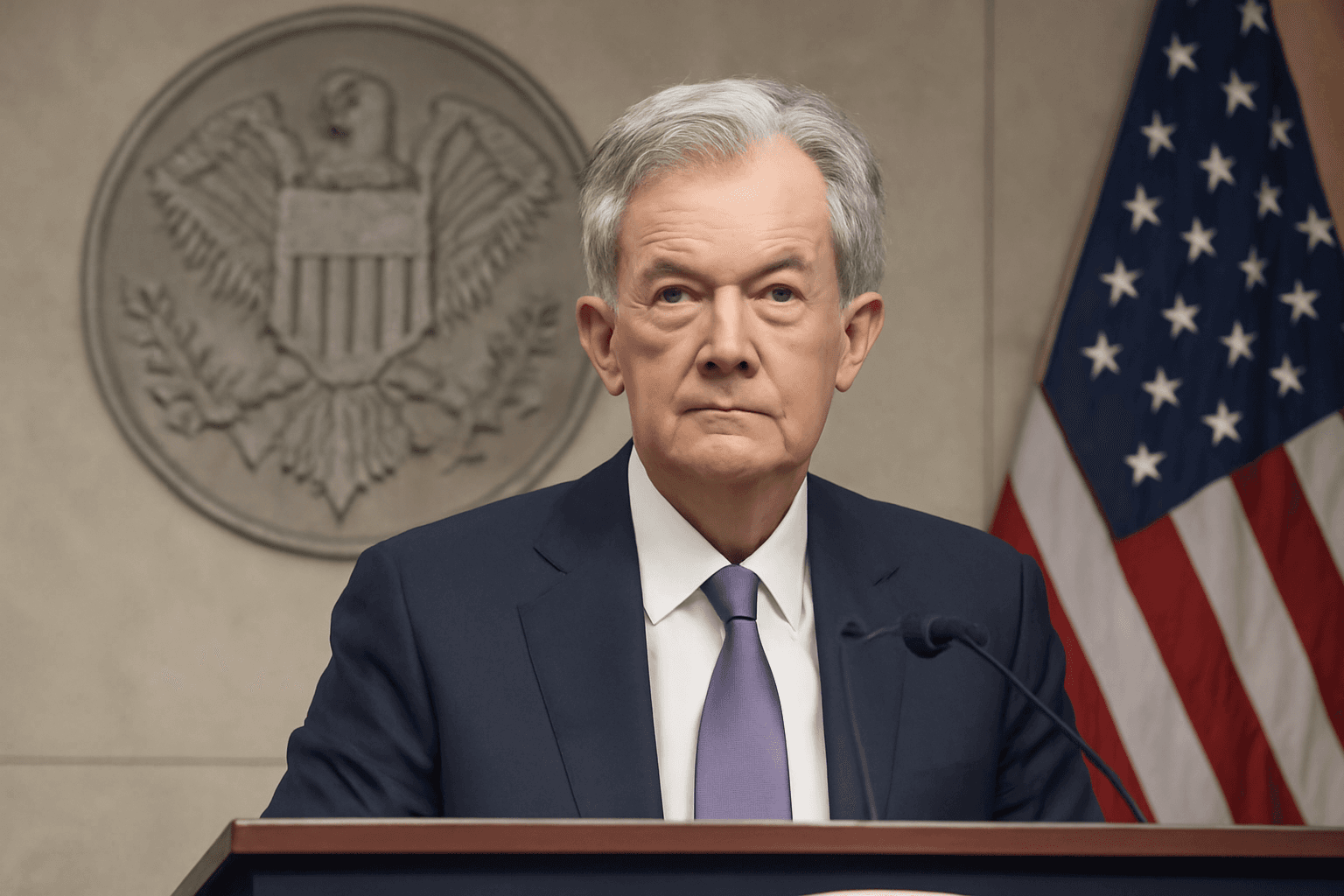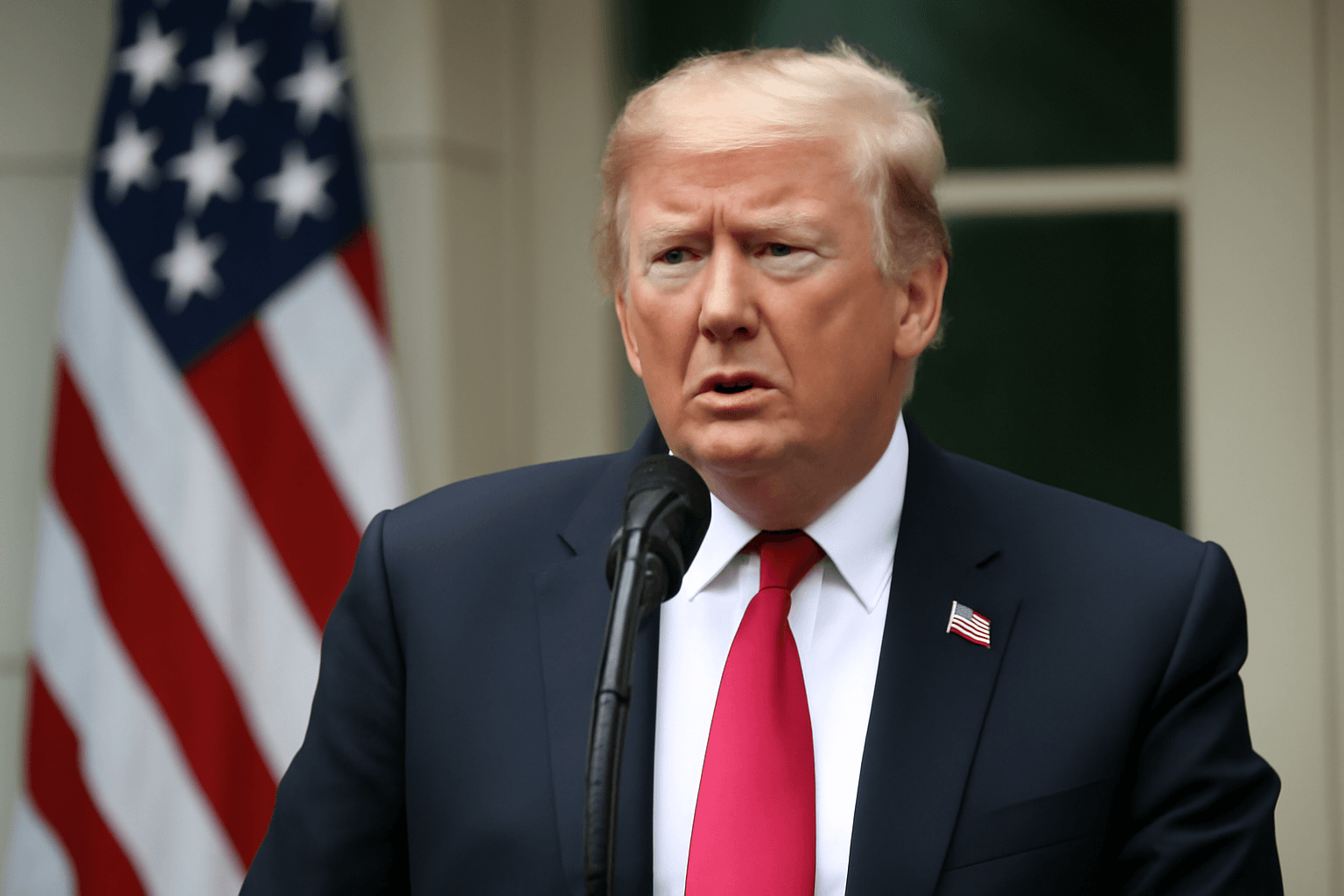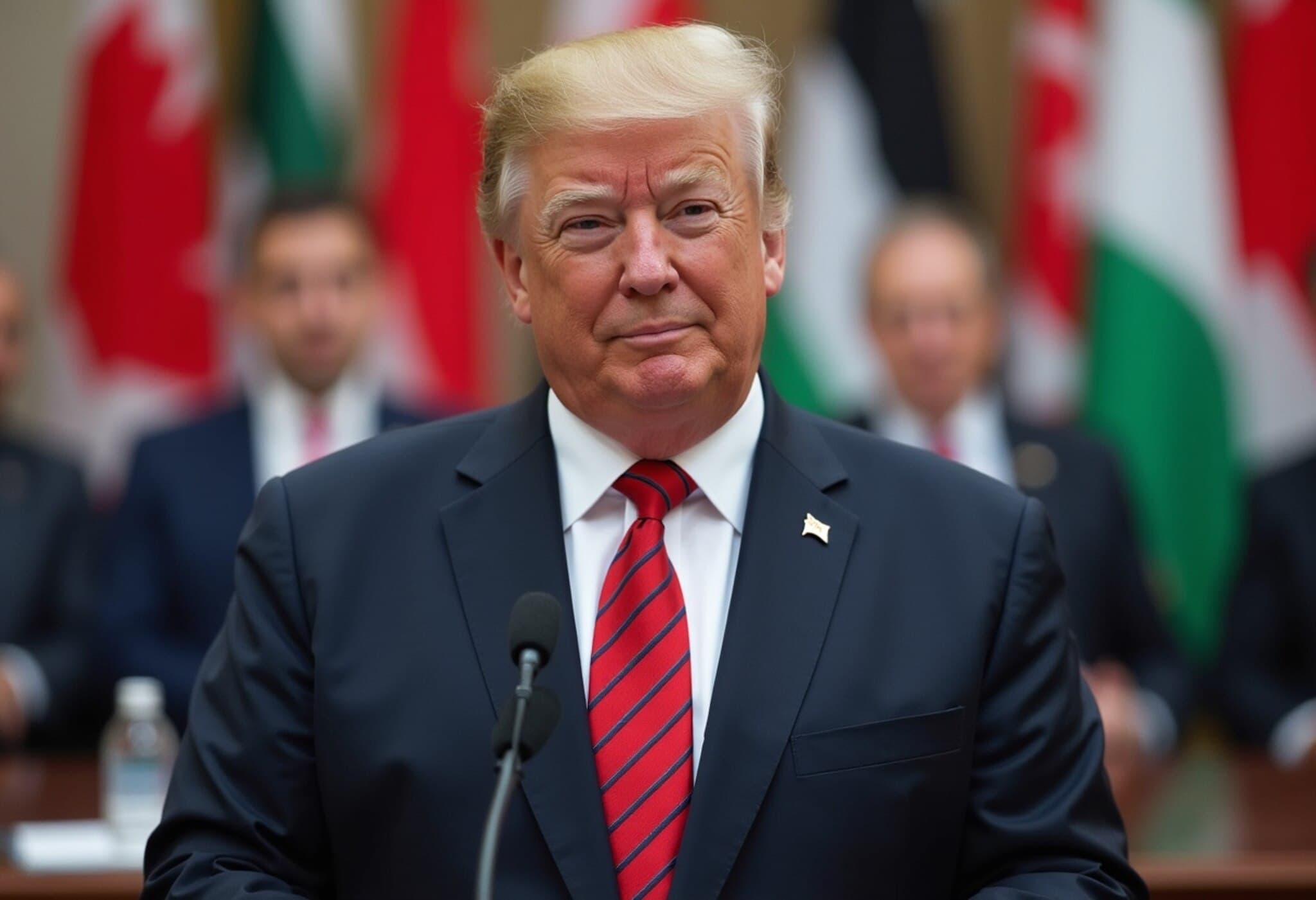Understanding the Impact of Trump’s Tariffs on American Households
As former US President Donald Trump imposed steep tariffs on imports from key trading partners such as India and South Korea, recent analyses are shedding light on the consequential financial burdens thrust upon American consumers. A comprehensive report from Yale University, released in tandem with Trump's announcement of 25% tariffs on Indian imports, underscores the palpable economic strain these trade policies impose on everyday Americans.
Tariffs Translate Into Higher Consumer Costs
The Yale study finds that due to these tariffs, the average American household could face short-term income losses nearing $2,400. This loss primarily arises from inflationary pressures—higher prices on everyday goods—rather than actual wage reductions. Remarkably, the effective average tariff hit 18.4% for affected products, marking the highest tariff rate since the Great Depression era of the 1930s.
The tariffs ripple through the economy, causing an estimated 1.8% increase in consumer prices in the short run. However, this impact is uneven: low-income households bear a disproportionate burden, with trade-related costs siphoning off a share of income about three times greater than that endured by wealthier families.
Which Products Are Driving the Price Hikes?
Certain categories have been especially hard hit. The Yale report highlights dramatic price increases, including:
- Leather goods (shoes, handbags): 40% price surge
- Apparel: 38% price jump
- Textiles: 19% higher costs
- Fresh produce: prices rising by about 7%
- Motor vehicles: 12.3% increase, adding roughly $5,900 to a new car's price
Food overall is expected to become 3.4% more expensive, further stretching household budgets. These rising costs directly translate into a heavier financial load, especially for families already struggling with essentials.
Broader Economic Fallout: Slowed Growth and Job Losses
Beyond consumer prices, the tariff strategy carries wider economic risks. Experts warn that US GDP growth could slow by approximately 0.5 percentage points between 2025 and 2026. Job markets are poised for setbacks as well, with predictions estimating up to 500,000 payroll jobs lost by the end of 2025 due to tariff-induced pressures.
Supporting this outlook, JP Morgan analysts have linked the tariffs to dampened consumer spending and inflationary challenges. While tariffs bolster federal revenues—in this case, by an estimated $167.7 billion in 2025—this gain comes at the expense of overall economic vitality and household welfare. The cost equates to what could feel like a substantial “trade tax,” averaging nearly $1,300 per household annually.
Contradicting Trade Deficit Goals
Ironically, rather than shrinking America's trade deficit as intended, these tariffs have triggered an increase in imported goods. This surge is attributed largely to U.S. firms stockpiling inventories in anticipation of further tariff hikes, rather than a reduction in foreign purchases. Exports, meanwhile, have seen only modest gains, further widening the trade gap.
This trend illustrates a critical misalignment between policy objectives and outcomes, illustrating how protective trade measures can have unforeseen consequences.
Expert Perspectives and Policy Implications
Economic experts caution that while tariffs can serve as a tool to protect domestic industries, they often do so at the expense of consumers and the broader economy. Lower-income families, in particular, find such policies regressive—as they spend a larger proportion of income on goods affected by tariffs.
Policymakers must weigh these economic trade-offs carefully. The pressing question remains: does the short-term gain in federal revenues justify the long-term slowdown in economic growth and the erosion of consumer purchasing power?
Editor's Note
Trump-era tariffs underscore the complex interplay between trade policies and everyday American lives. As prices rise and job markets feel the strain, tariffs serve as a cautionary tale about unintended consequences. Future trade strategies might benefit from more nuanced approaches that protect domestic workers without unduly penalizing consumers, especially vulnerable communities.
Understanding who truly bears the cost of international trade policies remains critical to crafting balanced economic strategies that promote both growth and equity. With election cycles and trade negotiations continually evolving, keeping a pulse on these impacts will be essential for policymakers and citizens alike.

